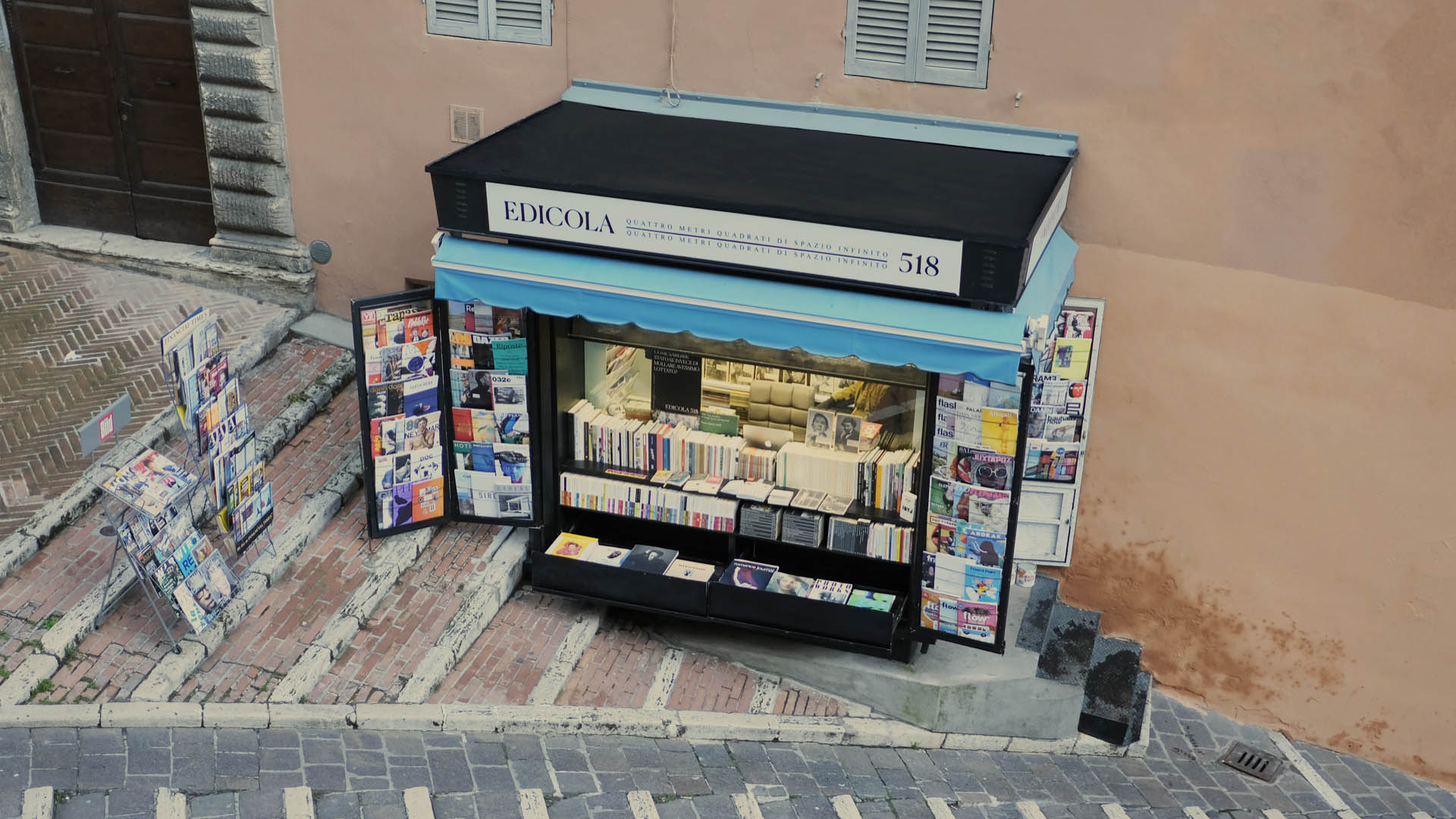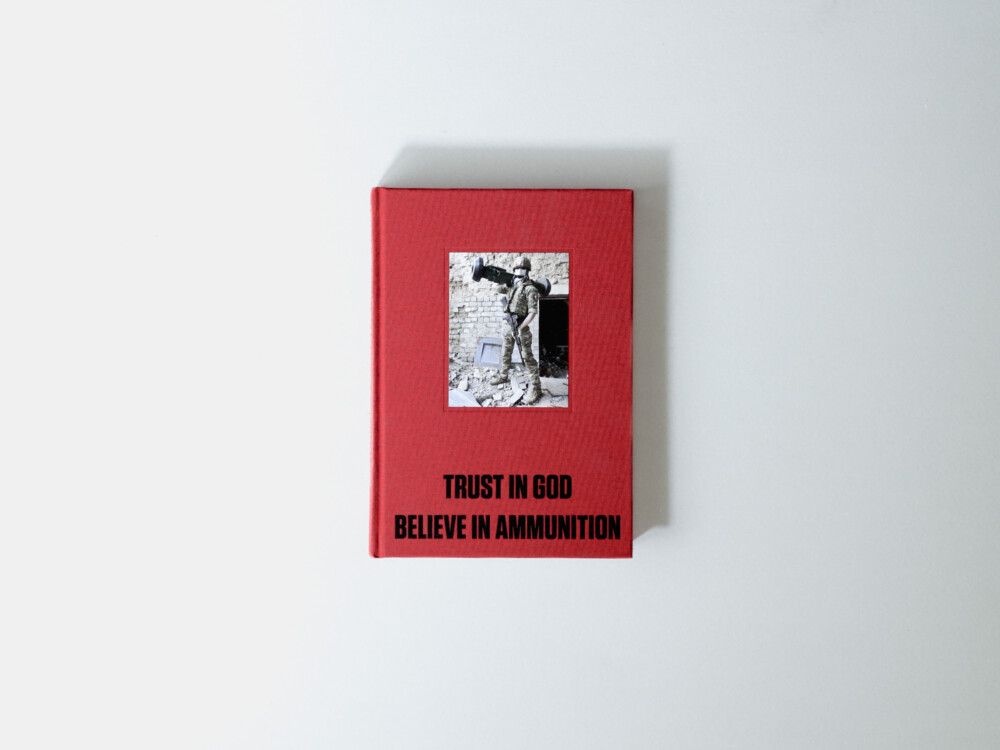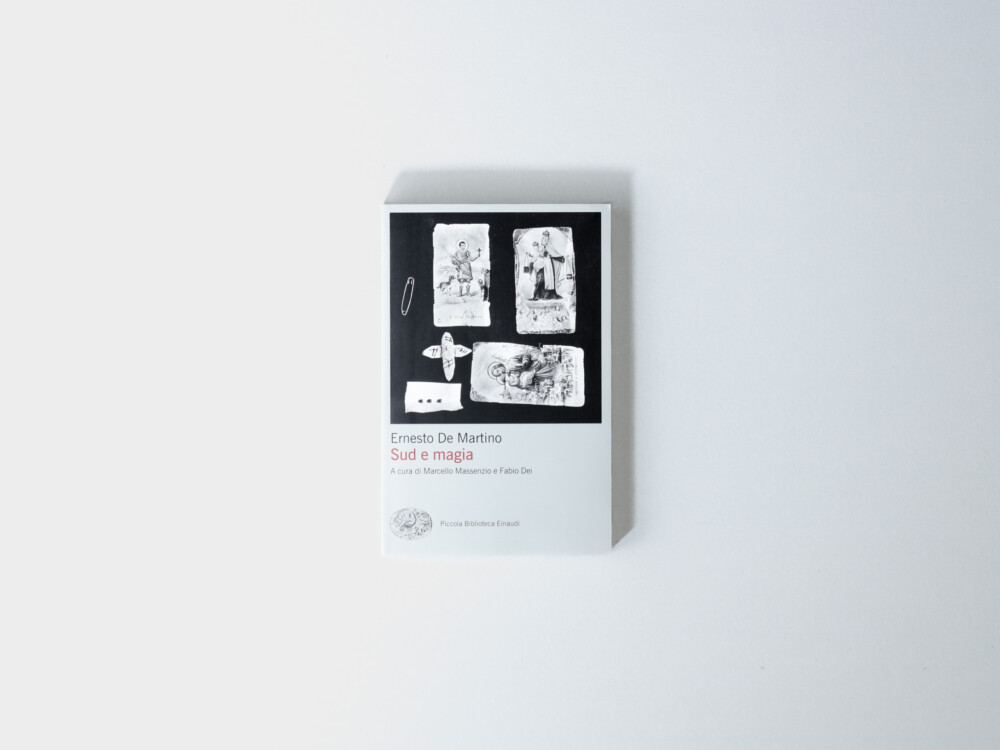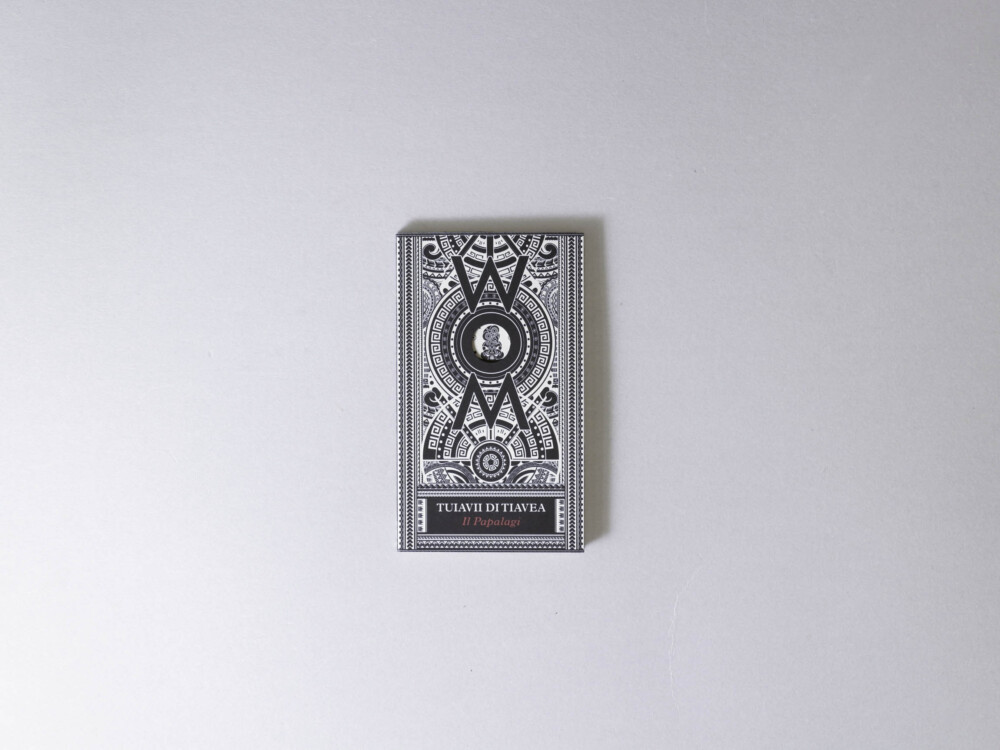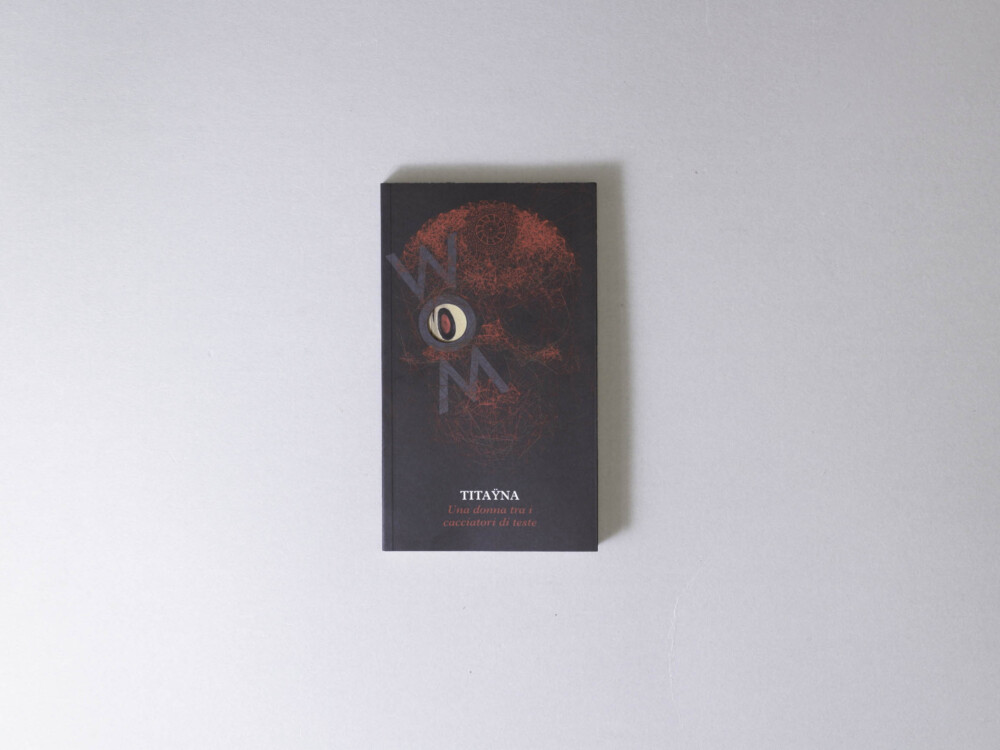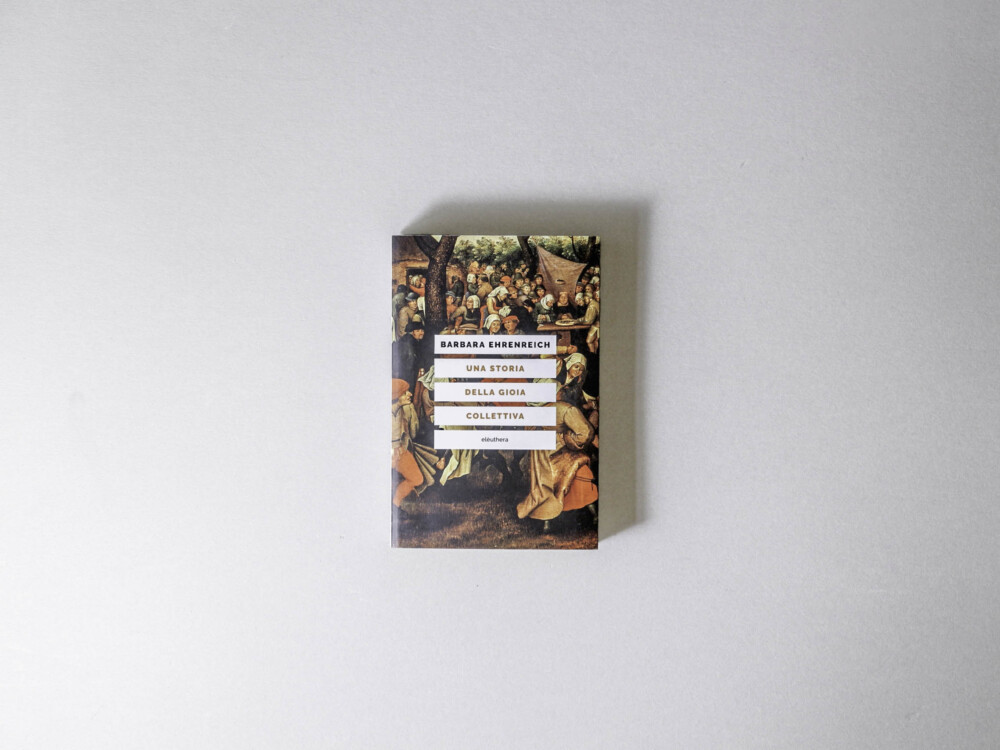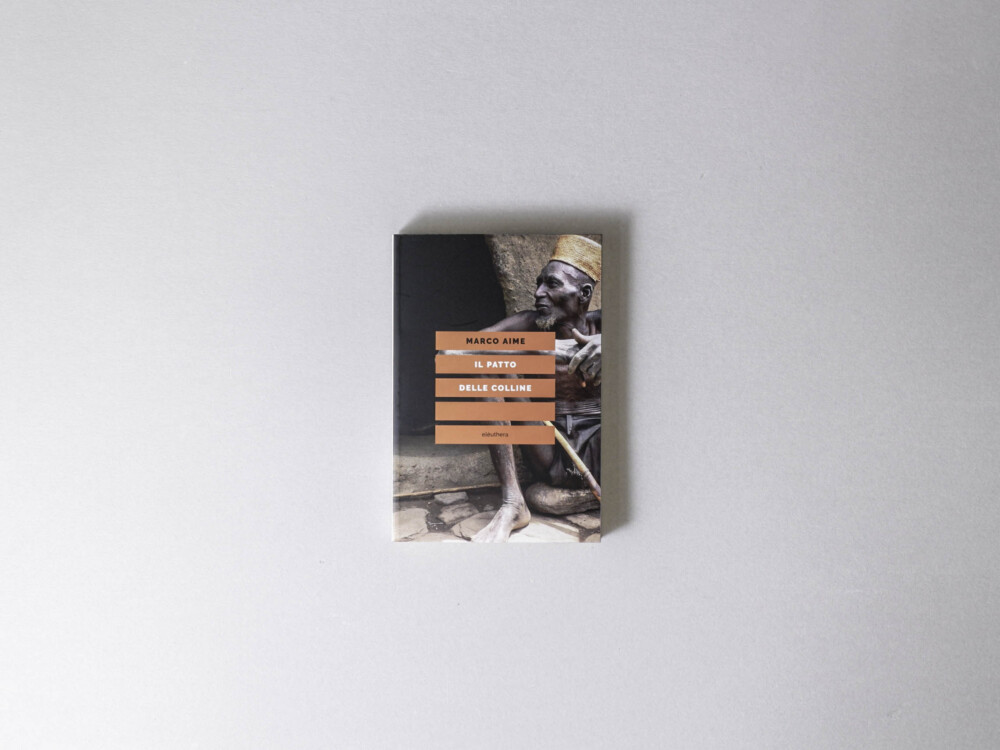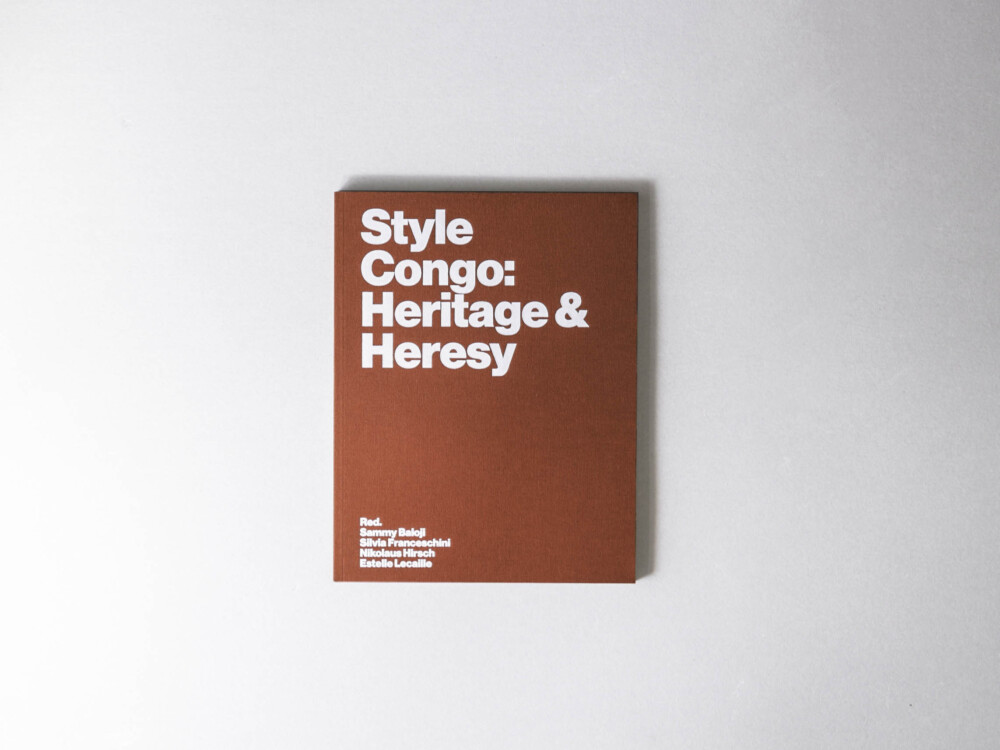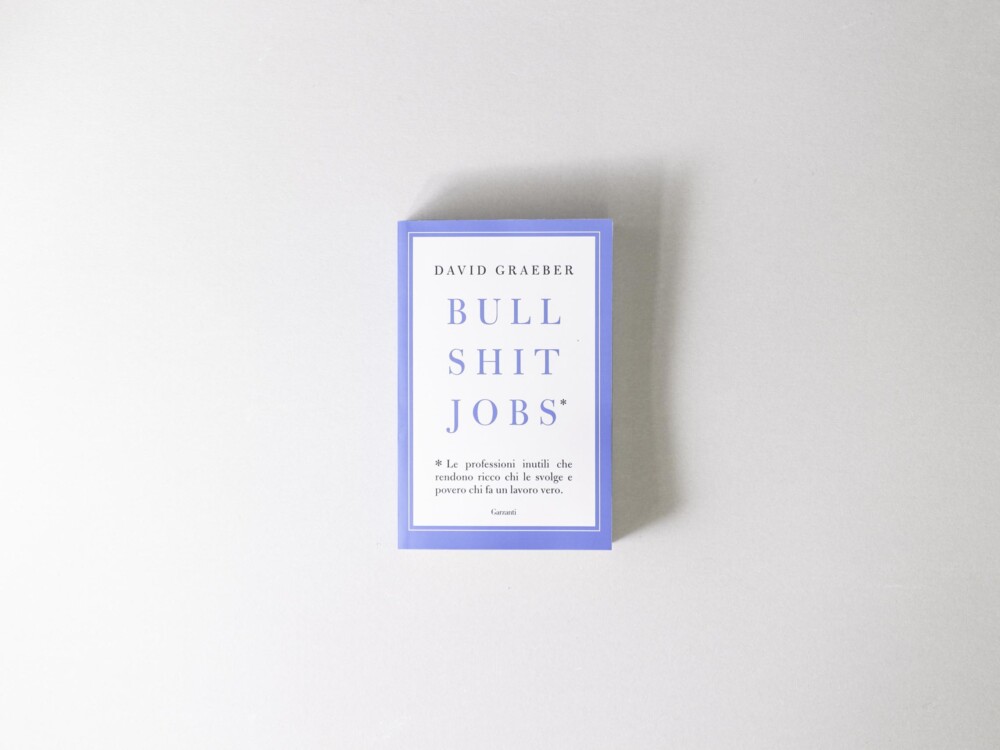Heavyweight
60,00€
From freelance hit squads and cocaine collectors breaking into harbors to grenades used for intimidation and a soundproof torture container. Cocaine ripdeals and other conflicts caused a series of gangland killings and explosions among the new generation of Dutch multi-ethnic organized crime networks. In these underworld conflicts, many victims are errand boys — followers who have carried out an assignment for money or to belong. With 1 kilogram (cut) going for up to 75,000 euros on the street, the profits from pushing cocaine have fueled the brutality. By having an infrastructure in the ports of Rotterdam and Antwerp, the groups have control over the European distribution of the incoming smuggled cocaine from Ecuador, and now growing more dominant, Peru and Bolivia. For many immigrant youths in the Netherlands who feel marginalized and rejected by society, turning to organized crime can provide a sense of belonging. From their perspective, here, they are not the victim but the aggressor. This is why the underworld, with its own rules and opportunity to make a lot of money, gets a significant following. They are willing to take on various high-risk jobs with the ambition of climbing the ladder within the underworld hierarchy. The author used a wide variety of sources to assemble a new seamless photo series portraying the Dutch underworld. The values per kilo mentioned in the book are the ‘‘wholesale’’ prices as a buyer/investor and the profits after investing. This is the ‘‘street value’’ known among players.



